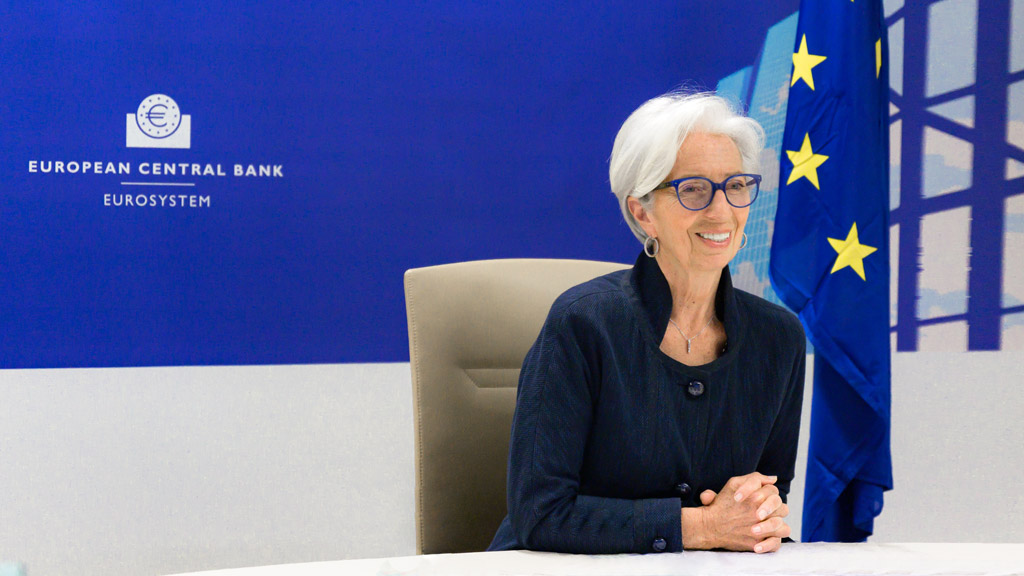What to expect from the ECB on Thursday

What will be the next steps of the ECB? The comment by Pasquale Diana, senior macro economist of AcomeA Sgr
The presentation of the ECB's Strategy Review two weeks ago was seen as a non-event by the market. The prevailing opinion is that the review makes official what has been suspected for some time (the target was already de facto 2%, not "just under 2%"), and the changes to the inflation index (with the inclusion of Owner Occupied Housing ) are long gone.
The most common criticism was that transparency regarding the inflation target is welcome, but the lack of details – such as new tools – on how to reach a 2% target was a disappointment.
Following the announcement of the Strategy Review, Lagarde herself indicated that there would be more developments shortly. What was he referring to? It is clear that the ECB's forward guidance needs to change to reflect the new target. At the moment, the statement says this: "The Governing Council expects the key ECB interest rates to remain at their present or lower levels until it has seen the inflation outlook robustly converge to a level sufficiently close to, but below, 2% within its projection horizon ".
The new forward guidance should speak more explicitly of “close to 2%”.
That's all? Hard to say. If only that really changed, then in fact the July meeting would be a non-event (as was otherwise expected). What else could happen? There are various possibilities, but I only mention a couple of them below.
The purchase programs: The PEPP, which began in March 2020 in the midst of the pandemic emergency, allows the ECB to buy on the market with flexibility and discretion. After March 2022, the ECB will likely seek to transfer some of the flexibility of the PEPP to APP, the main purchasing program.
The ECB could (in July or in subsequent meetings) start talking about this as one of the new tools to bring inflation expectations to 2%. For example, the Pandemic Emergency Purchase Program (PEPP) could become a Pandemic Recovery Purchase Program (PRPP), and thus become a tool to compress spreads well beyond 2022. This would be seen as very dovish by the market.
The ECB could decide to announce that it will raise rates only when realized (and not expected ) inflation has reached the target. If the Central Bank really did go in this direction, it would be a very significant change. We recall, in fact, that inflation in the Eurozone in the last ten years has averaged 1.2%, just over half of the target. Announcing that rates will rise only in the presence of inflation already stable at 2% would be a very strong signal for the market (clearly dovish ).
That said, we must always keep in mind that both on the evolution of the PEPP and on the forward guidance Lagarde will have to succeed in the task of reconciling conflicting positions between the various members of the Governing Council, which will not be easy.
In my opinion, an even more difficult battle will be fought between the finance ministers, that is, between those who want to return to the rules of the Stability Pact as soon as possible and those who, on the other hand, cannot wait to cancel it forever.
This is a machine translation from Italian language of a post published on Start Magazine at the URL https://www.startmag.it/economia/bce-strategy-review-forward-guidance/ on Tue, 20 Jul 2021 09:18:07 +0000.
